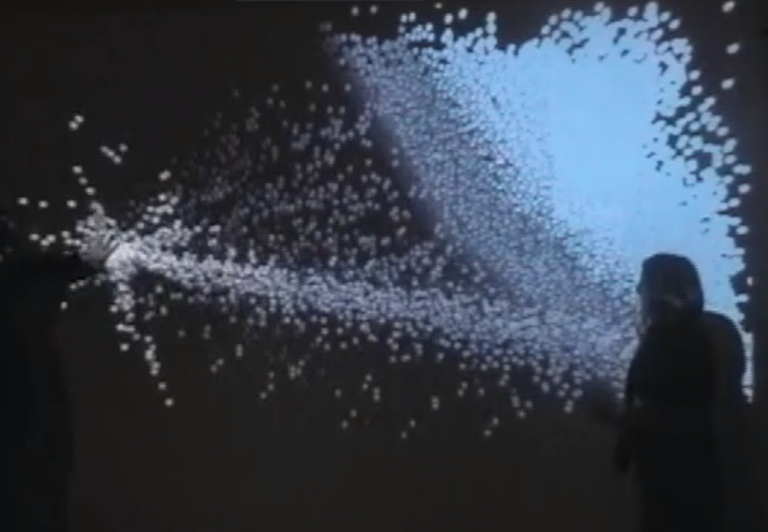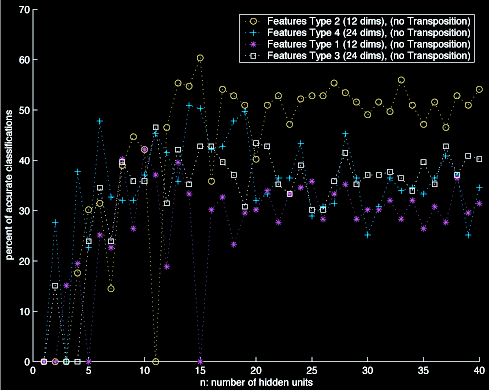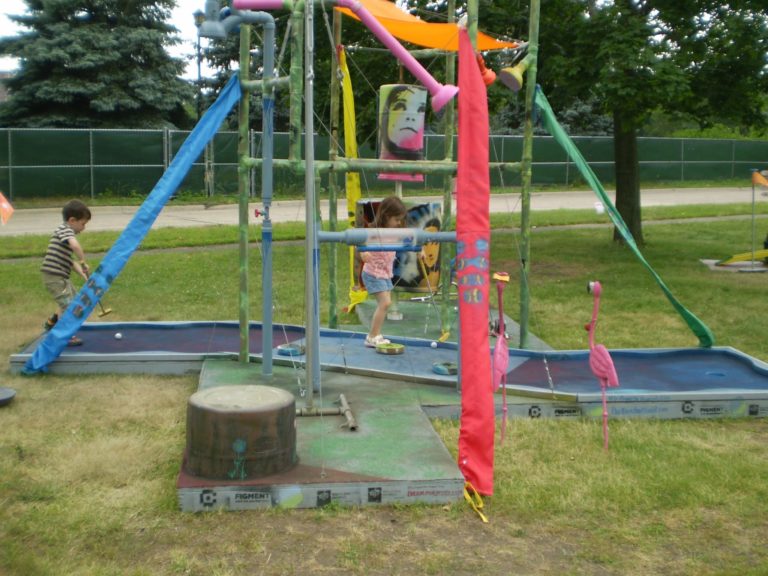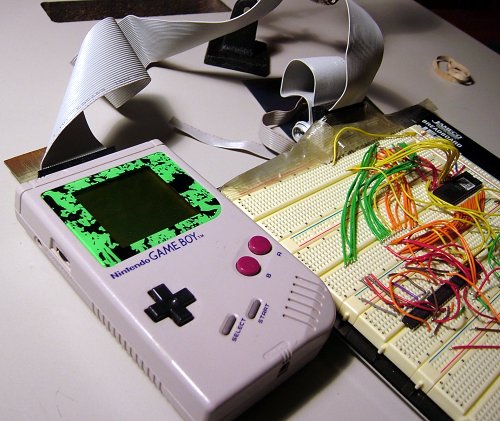Have a Seat! is a playful interactive installation in which a video of a traveler of both time and space urges viewers to sit on a couch.
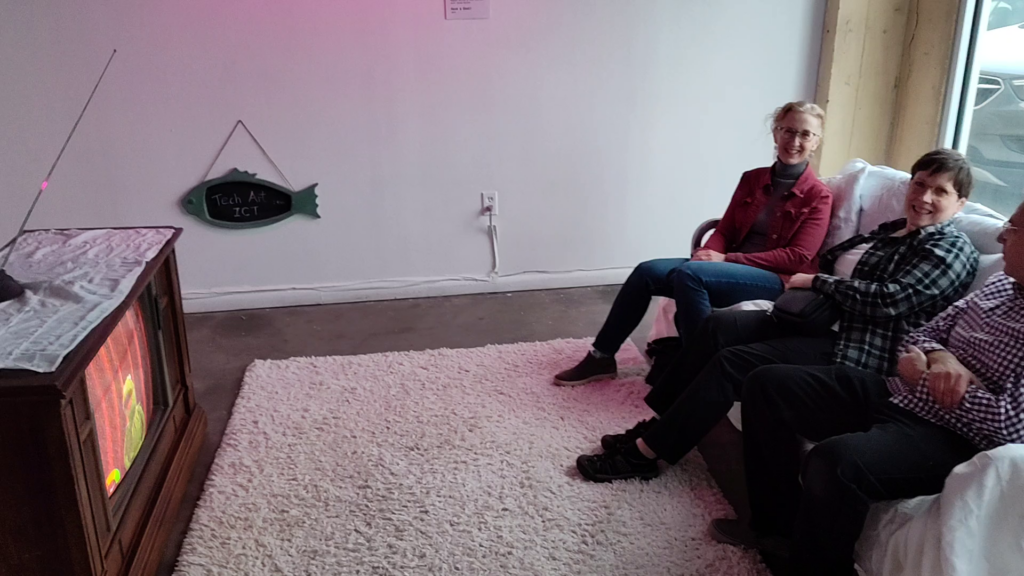
When three people sit close together on the couch a special broadcast or snippet of The Muppet Show plays. Strangers coming to view the work find themselves uncomfortably close to each other to experience something whimsical, thus breaking down personal barriers between them.
Have a Seat! was created in collaboration with artist Meghan Miller as part of Transmogrification, an experimental art show at Harvester Arts in Wichita, March 2024. The work consists of a working console TV, couch, sensors, microcontroller, and laptop computer with custom software written in C++ in Pure Data. Jered Becker played the part of the traveler in the video.
